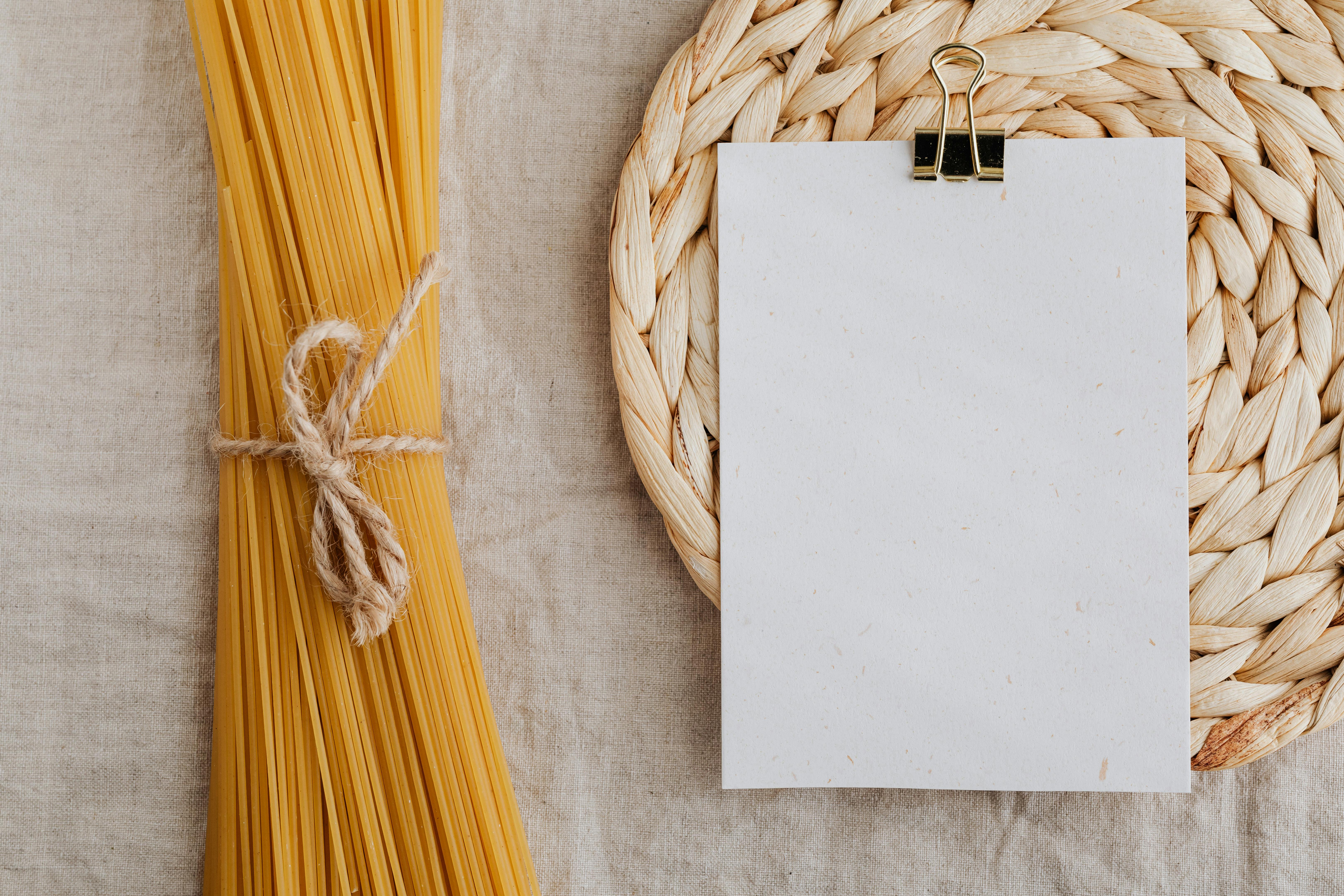Surface protection analysis of disposable or reusable products to save costs and efficiency
Times are tough for builders and remodelers right now, so preventing costly damage to carpets, doors, floors, and other interior finishes is critical to reducing construction costs and reducing completion times. Construction managers can choose from two types of surface protection products; a) disposable protection, such as films and papers, that can only be used once; or b) reusable protection made of reinforced plastic or cotton textiles. So what should a contractor choose?
Paper products such as resin paper, Kraft papers, and corrugated cardboard can be used for extremely short periods of time on surfaces such as floors and countertops, but are not recommended for long-term use. Although these disposable protective products are inexpensive and widely available, they lose efficacy when applied over the long term. When considering the cost of installation, including taping the joints and maintaining the product due to water penetration or tearing from foot traffic, these paper products are not recommended beyond a day or two of use. .
For some short-term applications, inexpensive, disposable films are the most economical option. Low-cost, easy-to-install carpet film works most effectively to protect carpets for up to 45 days. Rolls are reverse rolled for easy installation and can protect carpets for up to 45 days. Films are also the best choice for vertical protection of stainless steel elevator doors and some plumbing fixtures. When films do not provide sufficient protection, thicker disposable adhesive products are needed. Protecta-foam is a thick, disposable adhesive foam that is easy to install and remove, and can save builders thousands of dollars in costly repairs. Protects cabinets, stainless steel appliances, countertops, and other vulnerable surfaces.
Hardwood floors and stairs are two surfaces where thick, durable protection makes the most financial sense. The high cost of wood materials and installation, along with the costs of repairs, make the added cost of durable protection well worth it. While construction managers may be tempted to choose less expensive disposable protection, the cost savings may not add up when comparing the superior effectiveness of reusable products in protecting expensive floors. They are generally thicker and more durable and have the added convenience of being available when needed for a new job.
There are several products on the market to protect wooden floors with thicknesses from 30 to 50 mm thick. Clean and Safe ™ is a reusable floor protection made from recycled materials. Its non-slip backing keeps it in place on hardwood floors. For wooden stairs, the multipurpose runner makes sense as it has an adhesive bottom to keep the protection in place and is guaranteed not to leave a sticky residue when removed. Both products are available from various distributors in the US.
Some products on the market combine the low cost of disposable protection with the advantages of thicker, reusable protection. Compressed cardboard door protection such as DoorGuard ™, edge protectors and window sill protection are inexpensive and can be reused many times. These products are made from recycled cardboard and can be recycled themselves, making them a great choice for the green building industry.
Newly introduced surface protection products include high-strength, fire-resistant plastic floor protection such as Coverguard®. With a large portion of the commercial construction industry focused on hospital construction, there was a need for an increased need for fire-resistant products. Bainbridge, the manufacturer of Coverguard® saw the opportunity for the production of its boat cover in the construction industry and now sells its floor protection through local distributors. Fire-resistant plastic sheeting used for dust control is also necessary in hospital remodeling. Although fire resistant products are safer on all construction sites, the products are substantially more expensive and therefore not cost effective unless absolutely necessary.
How does a construction manager know which products are the most profitable? The best advice is to contact a local surface protection expert to discuss your particular project, including how long protection will be required and how many workers will be on site. Product specialists work closely with construction managers and remodelers to help them choose the products with the best value.
